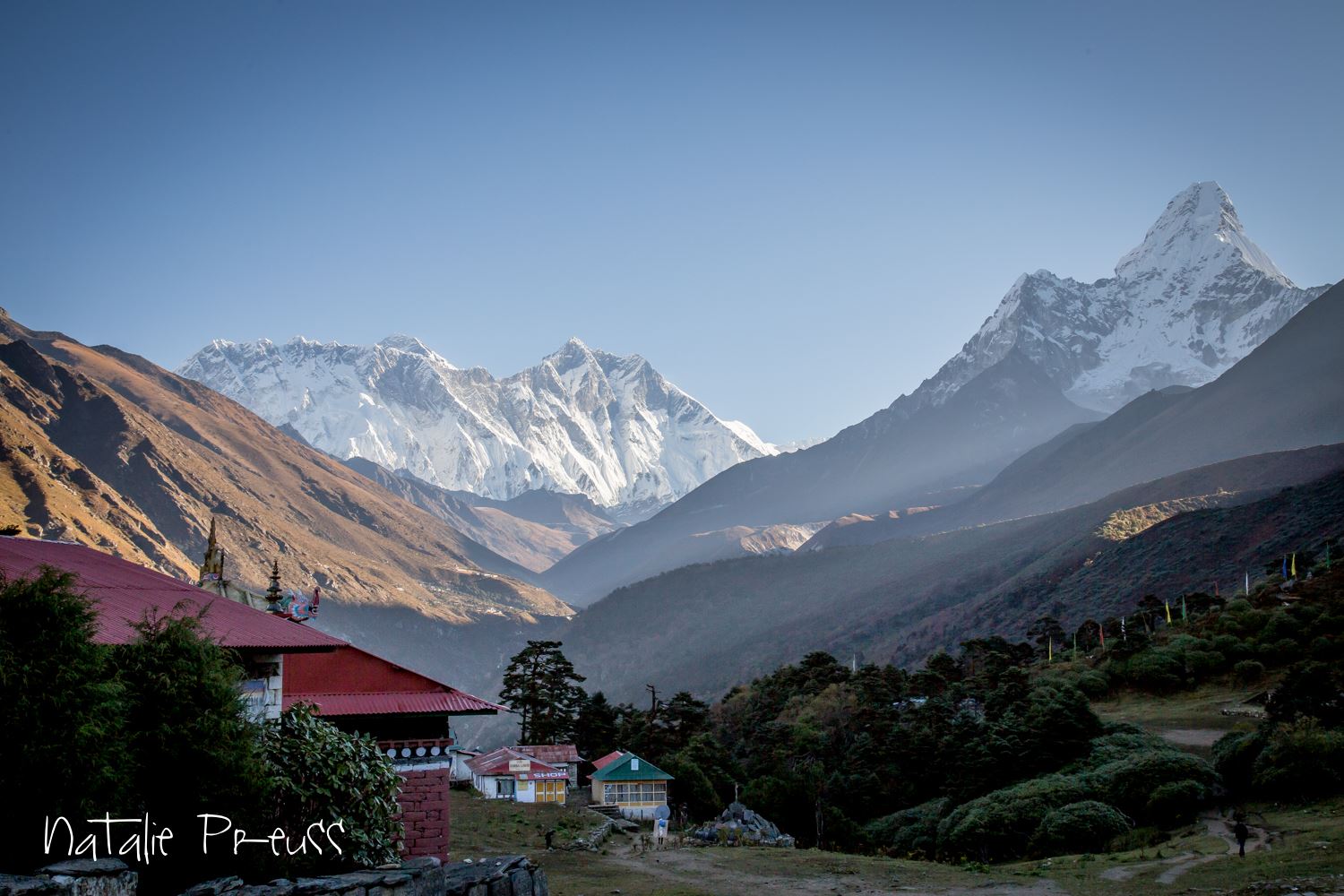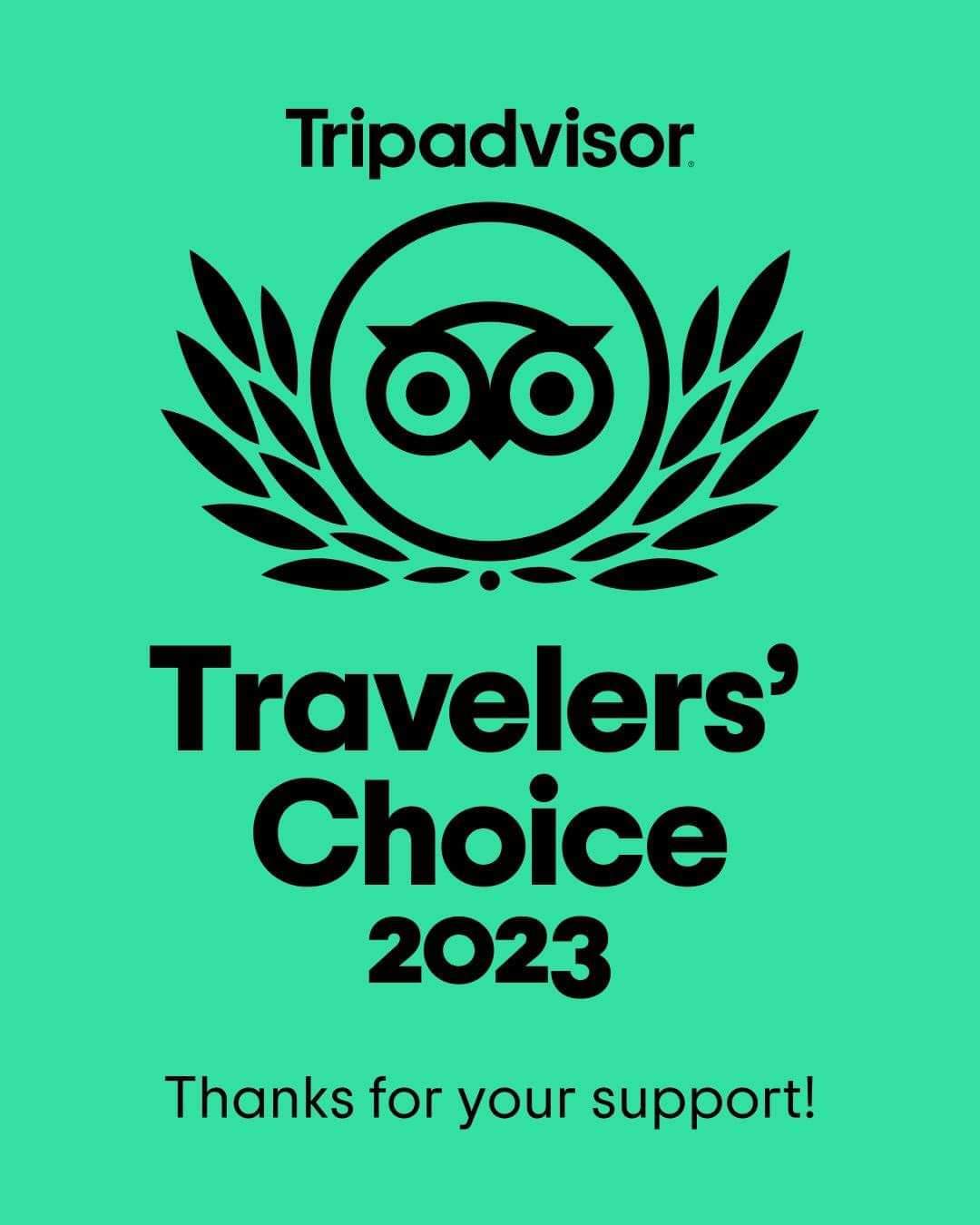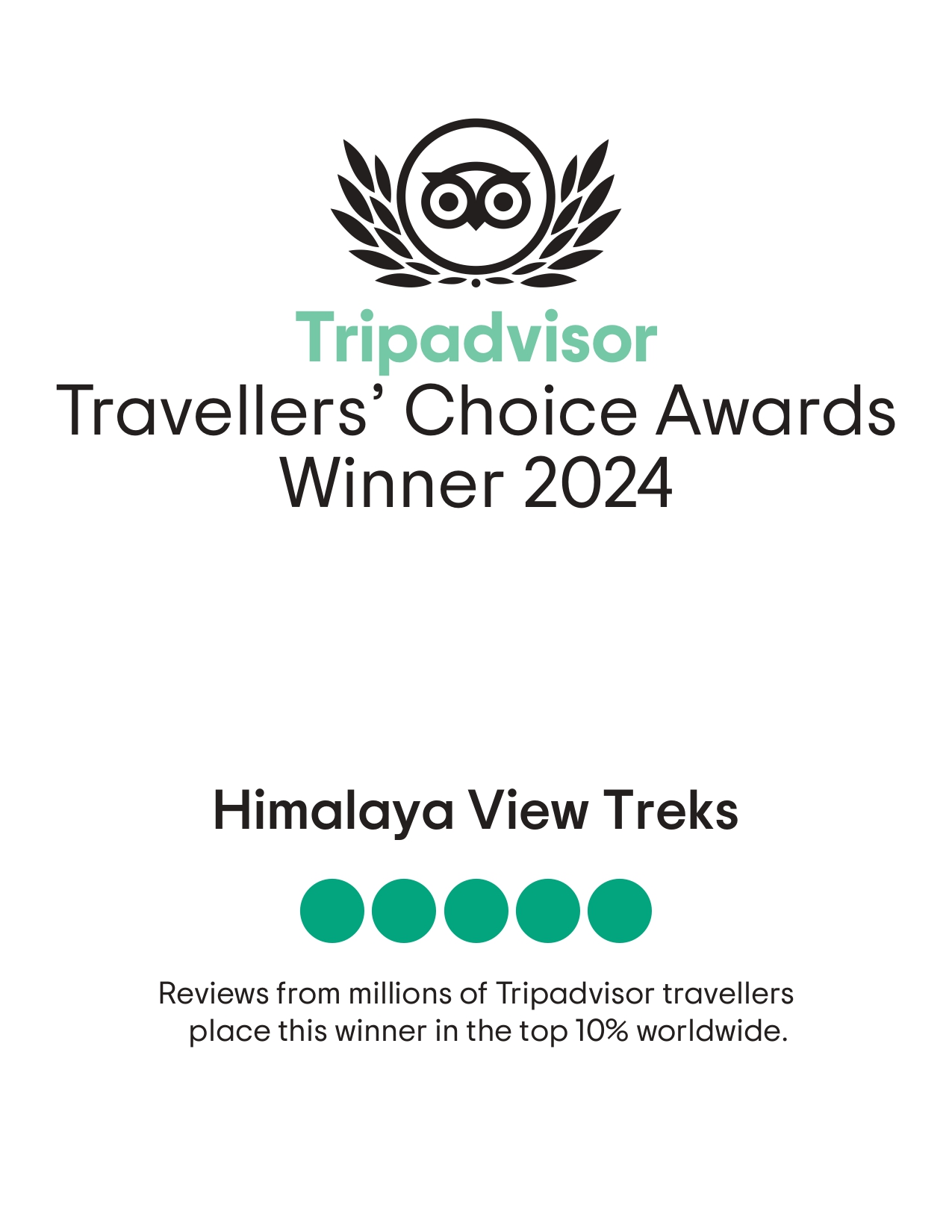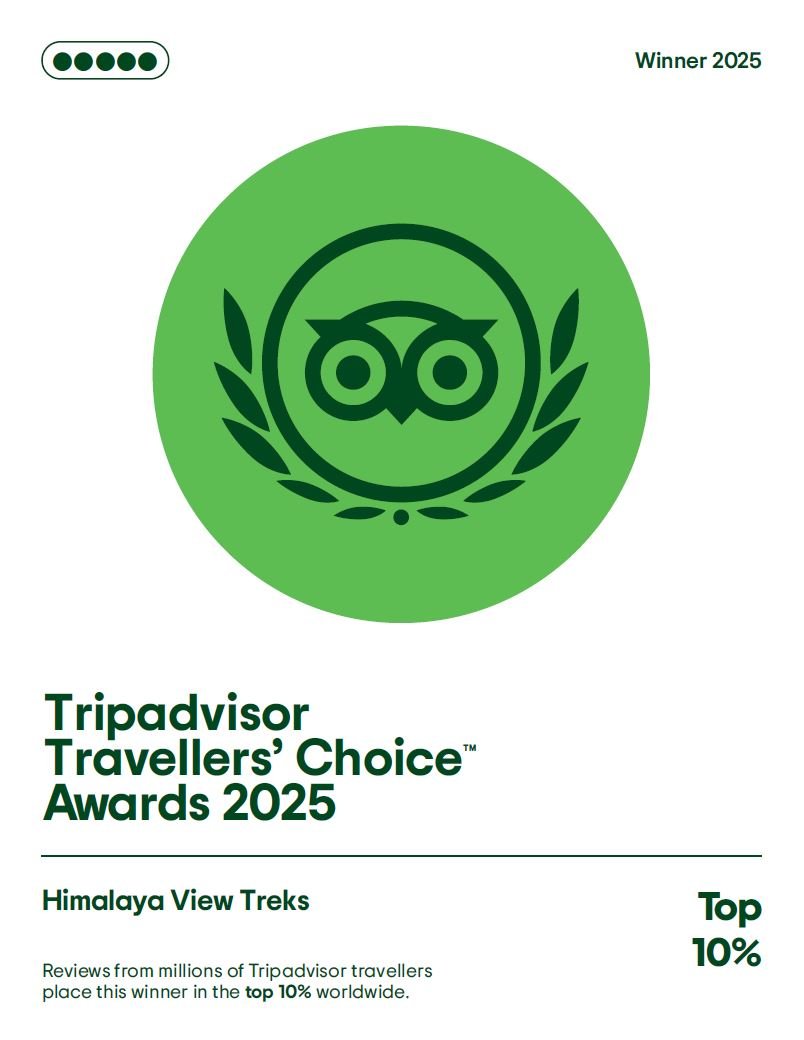Trip overview
Tengboche Monastery Trek
7-day Tengboche Monastery Trek is one of the short, romantic, and fantastic Everest views trekking routes in the Sherpa kingdom of Khumbu Region.
The Everest View Tengboche monastery trek starts with a short flight from Kathmandu to Hilary Airport Lukla and stops at Phakding, Jorsalle, Namche Bazaar to Tengboche monastery in 7 days. When you reach Tengboche Monastery you will be able to see more than 42 snow-capped peaks, including Mount Everest. And, sometimes the evening or morning visit to the monastery is a ceremonial time.
From the Tengboche monastery, you can photograph and film panoramic views of the surrounding mountains, including the top of the world, as well as, visiting one of Khumbu’s most popular and oldest monasteries before descending. Then head back to Namche Bazaar, Phakding, Lukla and fly back to Kathmandu after fully enjoying the Himalayan view and the oldest as well as biggest monastery of Tengboche.
You will be able to see a lot of domestic and wild animals, not to mention a range of different birds while trekking to the Everest view Tengboche monastery. Compared to other trekking regions of Nepal. 7 days Everest View Tengboche Monastery trek is more comfortable, and Sherpa people are very friendly along the way. Our official guides and porters are also very familiar with this region since we are working as a team and divided by regions. When we refer to those from the Everest region. we typically order only Everest region treks to make our clients as happy as well as we have great feedback from our past clients. By providing information about the region, mountain ranges, as well as weather conditions, our guides provide our clients with full satisfaction.
7 Days Tengboche Monastery Trek is also known as Everest View Trek.
Don’t worry about what you want to know while you are visiting, just ask your guide, and he/she will explain everything in detail to you. As part of our company, all guides have been guides since before 2000 AD and have established a trekking guide. We provide only Government-registered first aid trained guides who are familiar with the area, and all guides and porters come with full insurance coverage.
Only a few places in the world offer such a splendid variety of natural beauty as the Everest region. In this part of the world, you will find long ranges of snow-capped mountains, crystal clear lakes, turbulent rivers, and beautiful Sherpa villages. The Tengboche monastery 7 days trekking will provide you with opportunities to learn about the unique culture and festivals of the Sherpa people. You will see lush rhododendron forests, exquisite rivers, naturally decorated landscapes and many rare and non rare animals and birds.
HVT also provides female guides for safety reasons.
We will provide a female guide for you if you are a lonely girl and do not feel comfortable trekking with a male guide. If you are already in Kathmandu or Pokhara and need to hire a guide/porter or tour /trekking packages then contact us via Whatsapp +9779841146306 or visit Himalaya View Treks.
Short Itinerary
Tengboche Monastery Trek - 7 Days Itinerary
Day 01: Fly to Lukla and then trek to Phakding walking distance of 6.2 km (3-4 Hours) 2,860 meters/9184ft
Day 02: Phakding to Namche walking distance is 7.4 km (5-6 Hours) 3,440m/11,283ft
Day 03: Acclimatization, Namche 440m/11,283ft
Day 04: Namche to Tengboche walking distance 5.9 km (6 hours) 3,870m/12,684ft
Day 05: Tengboche to Namche Walking Distance 5.9 km (3-4 hours) 3440m/11285ft
Day 06: Namche to Lukla Walking Distance 13.5 km (5-6 hours) 2,800 m 9,100 ft
Day 07: We will fly from Lukla to Kathmandu (1300 m). 30 minutes.
Included
- Airport pickup and drop as per client’s arrival and departure date
- Hotel- domestic airport- hotel by car/ van, depend on group sizes
- Flight Ticket Lukla - Kathmandu) tickets including airport taxes
- All meals (Breakfast, lunch, and dinner) during your Tengboche Monastery Trek
- 6 nights Hotel Accommodation during Tengboche Monastery Trek
- Government licensed holder, fluent English Speaking, Familiar HVT guide
- One assistant guide if Group sizes is more than 10 trekkers)
- Strong local Porters for Carry trekker’s luggage One porter every 2 trekkers
- Guide and porter wages including their meals, accommodation, and Salary
- Staff insurance including medication coverage
- Guide and Assistance flight Ticket
- Equipment for the Company staff
- Water purification drop or tablets for safe drinking water
- Sagarmatha National Park entry permit fee
- Khumbu Pashang Lhamu Rural Municipality permits fees
- Seasonal fresh fruits every day during Tengboche Monastery trek
- Oximeter to measure Pulse and oxygen level
- Company T-shirt as a Souvenirs, and duffle bag if needed
- Local government, taxes, including official Service Charge
- Trip completion Certificate
Not Included
- Hotel accommodation and meals In Kathmandu.
- Personal expense (shopping, snacks, boil bottle water, hot (tea, coffee) and cold drinks, hot shower, alcohol, Wi-Fi, telephone call, battery charge fee during the Tengboche Monastery Trek)
- Personal clothing and trekking gear
- Personal travel insurance including evacuation coverage (compulsory) up to 6000m)
- Additional costs if delays flights and outside the itinerary
- All the costs and expenses which are not mentioned in includes list.
- Tips for guide and porters. in end of the treks
Useful Info
Are you already In Nepal?
If you are already here in Kathmandu or Pokhara and need to hire a guide/porter or Tour/Trekking packages, you can directly contact with Mr Simbir, via WhatsApp at +9779841146306. Or visit our office:- Himalaya View Treks Pvt. Ltd which is located in Kaldhara Marg, Kathmandu 44600. Front of the Kathmandu sport climbing center on the 1rd floor building.
Key Highlights of Tengboche Monastery Trek:
- Trek to the iconic serene and spiritual monastery hill top of Khumbu with support from our experienced team of guides, crew and porters who simply love what they do.
- Climb Everest View Hotel for grandstand views of Everest, Lhotse, Nuptse and surrounding peaks. The sights hereabouts are some of the best in the world.
- Experience the breathtaking mountain flight to Lukla, you’ll love it.
- Immerse yourself in colorful ancient Kathmandu with an optional s/seeing
- Experience the warmth and hospitality of the Sherpa people. Interact with them to learn about their lifestyles & traditions as they survive in harsh conditions for all of their lives.
Is this Tengboche Monastery your ideal trek?
Trekking in the Everest region is all about altitude. By its very nature adventure travel involves that you be prepared for the unexpected. In far-flung and developing countries do not expect standards you are used to at home. Remote areas are sometimes unpredictable and itineraries may be altered. To enjoy your trip and get the most out of your adventuKhumjung Tengboche odyssey. If you’re a greenhorn in the wilderness world then this trek would be ideal for you.
To truly enjoy this trip, you should be pretty habituated to walking 4-6 hours each day for several days on the go while some days will be relatively longer. We encourage you to walk at a pace that suits you without any rush whatsoever. This is a key aspect of enjoying such trips in the planet’s most popular region. You ought to be physically fit and an active walker to get the best of this classic mountainous journey to the south side of the mighty Everest.
General information important to this trip:
Difficulty levels
TREKKING AT HIGH ALTITUDES (over 3500m)
This trip includes strenuous trekking at altitudes of over 3500m. For us altitude is a very serious issue, a result that has kept our records clean making us one of the best adventure operators in Nepal for over 30 years of operating treks in the region. Our trekking guests must be in great health and have high fitness levels to attempt this trip, as well as be committed to train to ensure you are suitably physically prepared for the tough challenges that go above 4500m.
Altitude sickness is a risk for anyone, including on the Annapurna, Langtang, Everest Base Camp trek and Tengboche Monastery Trek. Please make sure you familiarise yourself with signs and symptoms before you depart and monitor your own health during your trek, without letting it worry you.
We advise all our guests to undergo a thorough medical with your personal physician before you embark on this trip.
Participating in a group trip
When you travel with a group you will find much camaraderie and all the fun and also there’s bound to be some of the frustrations of travelling in a group. Your group mates will probably come from all corners of the world and you will come across a range of age groups too. We ask you to be understanding of the various needs and preferences of your group - patience with your fellow travellers is sometimes required for the benefit of everyone's travel experience. Remember too that you have responsibilities to the group. If you are requested to be at a place at a certain time, ensure you’re on time without keeping the rest of the group waiting. Experience has taught us often that the very best trips we operate are those where the chemistry within the group work well - this simply requires a ‘give a little take a little’ attitude effort on your part. For privacy reasons we are unable to provide you with contact details and any personal information about your fellow travellers booked on your trip prior to departure.
TRAVELLERS who prefer going SOLO:
Our group trips are generally planned for shared accommodation and don't involve single supplements. Single travelers share with people of the same gender in accommodation ranging from twin to multi-share. Some of our itineraries have accommodation booked on a mixed gender share basis [for couples or trekkers known to each other prior to the trip]. On a selection of our trips, you have the option to pay a single supplement to ensure that you have your own accommodation (where available). Please note that this only applies to accommodation during the trek - pre-trip and post-trip accommodation will be booked on a single-room basis at your hotel in Kathmandu. We also have arrangements for guests who wish to trek completely solo out of the group.
Travel Insurance
when booking with Himalaya View Treks, it’s a condition upon joining any of our trips where all clients must be insured for comprehensive expenses that might incur due to medical issues or accidents (this includes air ambulance, helicopter rescue, and treatment costs). Please note that we don't arrange or sell insurance because such a system is not allowed in our country.
Our Cost versus the Experience
At Himalaya View Treks, we always go the mile to ensure our trekking guests get the best experiences of the trip with maximum comfort and safety on a ratio that goes beyond the cost that we charge for the trip. We provide a ‘no frills’ price with breakdowns to make sure our clients are getting the best for a cost that goes beyond all expectations
Tipping [an expectation on such risky arduous trips]
Tipping is very much part of the culture in Nepal and although entirely at your discretion, it is usually expected. Often people would like to tip in recognition of good service but are unsure how much would be appropriate in a foreign country - for this reason, we have listed guideline amounts below (these are intended as a guideline only and you may see fit to give more or less depending on the service that you have received).
For the tipping of your trek staff and your tour leader, we suggest passing an envelope for each staff member around the group so that everyone can put in what they feel comfortable with anonymously.
The following are guideline amounts received by each staff member from the group as a whole...
- Tour Leader: Rs30, 000 - 35,000 (usually tipped on the last night in Kathmandu)
- Your trekking crew (tips are usually given on the last evening of the trek in Lukla):
- Head Trekking Guide and Assistant Guides: Rs20, 000 - 25,000 for each guide
- Trek Porters/yak men: Rs10, 000 for each porter or yak man
Acute Mountain Sickness [AMS]
When we ascend above 2500 meters our bodies have to acclimatize to the decreasing amount of oxygen available. So, to allow our bodies to adjust we have designed our treks in ways that help you ascend slowly, allowing acclimatization to occur when you go above the tree lines where the air is thinner. However, during the acclimatization process, you may experience some of the following symptoms.
- Headache
- Tiredness
- Disturbed sleep patterns
- Loss of appetite/nausea
- Shortness of breath
- Cough
- Palpitation
- Swelling of the hands and face
But if you feel such symptoms don’t let it worry because it’s normal. Individuals acclimatize at different rates. Some may experience symptoms, some may not. Your best strategy is to take your time and drink plenty of water. These symptoms may not indicate the onset of A.M.S. and if you experience them it does not necessarily mean that you should not continue. All our group leaders have extensive first aid training and we urge you to communicate with the group leader at all times should you believe you have any symptoms in order that we can effectively monitor your symptoms as you go higher. The only cure for Acute Mountain Sickness is to descend. Please note, that your group leader has ultimate responsibility and may ask you to descend if symptoms persist. As a last resort, if matters grow from bad to worse, we always have a helicopter on standby for immediate evacuation.
A Typical Day on Tengboche Monastery Trek
A typical day on the trail begins with a wake-up call at around 6 AM by your guide. Freshen up and get ready. Pack your belongings and head to the dining area for breakfast by 7 AM. Check your luggage for the final time and fill your water bottle before you hit the trail by 8 AM, along with your guide.
To avoid walking in the heat and enjoy clear mountain views, you make an early start. En route, there will be short breaks to enjoy the views and take photographs. You haul up for lunch at a local teahouse around noon or mid-day. After a quick rest of about an hour or 40 minutes, you get back on the trail and continue till you reach your overnight stop.
Upon reaching the stop for the night, you head to your teahouse, check-in, and have some rest. Tea with some light refreshments (cookies or biscuits) will be served at 5 PM. As the rooms are not insulated, you can warm yourself by the heater or stove in the communal area.
Exchange stories or play cards with other trekkers and sherpas till dinner is served (around 7 PM). After dinner, your guide will brief you about the next day’s trek – the route you will take, difficulties, where you will stop for lunch, etc. Afterward, retire for the night and have a well-deserved rest.
On average, you may have to walk 6 to 7 hours daily. The trek to Phakding is the shortest and the easiest, while the hike to Namche Bazaar from Phakding is the longest on this trek.
FAQs
-
The weather forecast says rain/clouds/snow in Lukla on our Flight Day. Are we in for a rough flight?
When you are up on the mountains in Nepal, we would suggest you be ready for anything. You’re about to trek on some of the most rugged territory on earth, despite its extraordinary beauty. Weather forecasts for Lukla are never correct and different sources will give you different information. If it is a really bad day in terms of weather, the airlines will themselves cancel the flight and you might have to wait till the weather clears. Yes, flying in high altitude is never easy, even on a clear sunny day; the plane might face turbulence because of the wind blowing from the mountains. But overall the flight to Lukla is very exciting and it’s an experience that you will never forget.
-
What temperatures can you expect at the Tengboche during spring and autumn?
These are the best months to do this trek, as the weather is mild and the temperatures range from 12 to 15 degrees. The skies generally remain clear and the days are pleasant and warm. You can expect an occasional spring shower and hazy weather during spring. The mountain views are stunning in September, as there is more snow on the mountains. Nights can be freezing as the temperature dips after sun down.
-
How much do you reckon I will need to spend on the trail per day?
If you have booked a package with us you won’t be spending much as accommodation and 3 meals are already included in your trip price. You may have to personally pay for items like beverages and drinks, extra snacks, hot showers, electronic device charging, wifi etc. USD 20 to 30 (NRS 2000-3000) per day will be more than enough you may need to spend in a day.
-
How long do we stay at Tengboche? Can we attend Mani Rimdu Festival Trek?
Normally, we will stay for a night in Tengboche. However, if you are here on this trek to celebrate or observe the Mani Rimdu Festival, we will be staying in Tengboche for 2 nights and 3 days.
-
Can you see the summit of Mount Everest during Tengboche Monastery Trek?
Yes, you can see the sight of Mt. Everest during this trek. Moreover, the valley of Pangboche and the Everest, Lhotse, Nuptse view offers the chance to knit the beautiful tale of mountain vistas. It leaves you breathless, virtually!






